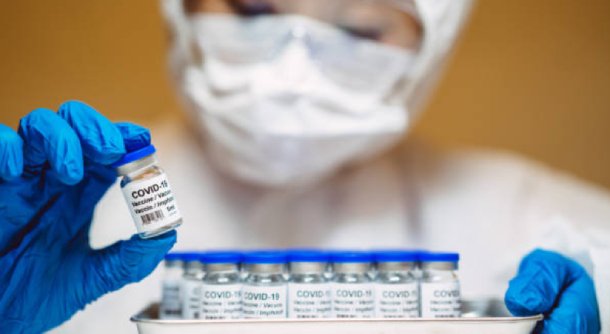Latest COVID-19 Relief Package – Here Are the Highlights
January 8, 2021

Congress and the White House implemented their latest COVID-19 relief package by including some $900 billion in the Consolidated Appropriations Act 2021, a piece of legislation intended to fund the federal government for the next fiscal year. The COVID-19 portion of the legislation renews a number of the more important aspects of the CARES Act.
The bill being thousands of pages long makes it impossible to offer a detailed explanation in a single blog post. Thus, this post will focus on some of highlights for individuals and employers. Below are the provisions your clients are most likely to want to talk about.
What the media refers to as 'stimulus payments' are known as 'tax rebates' within the framework of the legislation. Nonetheless, the package allows for $600 in direct payments to every adult and child with annual earnings of up to $75,000. Payments began going out in early January 2021 via direct deposits.
People earning between $75,000 and $87,000 will also be entitled to a tax rebate, albeit slightly less. No rebates are going to those earning in excess of $87,000.
The new package extends some unemployment benefits through mid-March. For example, unemployed workers are eligible to continue receiving up to $300 weekly in federal unemployment benefits. The extension includes gig workers and the self-employed.
The benefits do come with a 50-week maximum. Individuals who have not reached that maximum by March 14 may be eligible to continue receiving extended benefits through April 5.
One key aspect to the unemployment benefits in the new package is how they apply to individuals laid off before the new round of payments kicked in. The federal benefits are intended to act as a supplement to state benefits, meaning anyone laid off as a result of the coronavirus crisis is eligible to receive the funding through mid-March, and perhaps into April.
The federal government's Payroll Protection Program (PPP) has received an injection of some $284 billion with the new package. Furthermore, eligibility has been expanded to include live entertainment venues, cultural institutions, local newspapers, TV and radio stations, and nonprofit organizations.
Loans are intended to help employers keep their workers on the payroll during the ongoing crisis. It is not clear whether or not businesses applying for loans can forgo repayment if all the money is spent on payroll protection.
Washington did not leave out the faltering transportation sector with this new package. Some $45 billion has been set aside to help the airlines, mass transit agencies, Amtrak, etc. Of that amount, $10 billion has been slated for highway repair and construction.
The $16 billion dedicated to the airline industry is targeted at paying worker salaries and contracts. It is unclear how direct payments to the airlines relates to PPP loans.
One of the provisions having little to do with COVID-19 relief addresses medical bills. The legislation bans surprise billing, requiring that healthcare service providers offer patients honest and accurate cost estimates at least three days prior to service delivery. The legislation also allows for arbitration should patients dispute medical bills.
Though the short-term impacts of this provision are unclear, the long-term impacts could be positive for health insurance plans. More open and transparent billing may lead to cost reductions in some cases.
There is a lot more to the recent COVID-19 relief package than we have been able to discuss here. Needless to say, it is a comprehensive package intended to keep American workers and businesses going until we can finally put a lid on coronavirus.